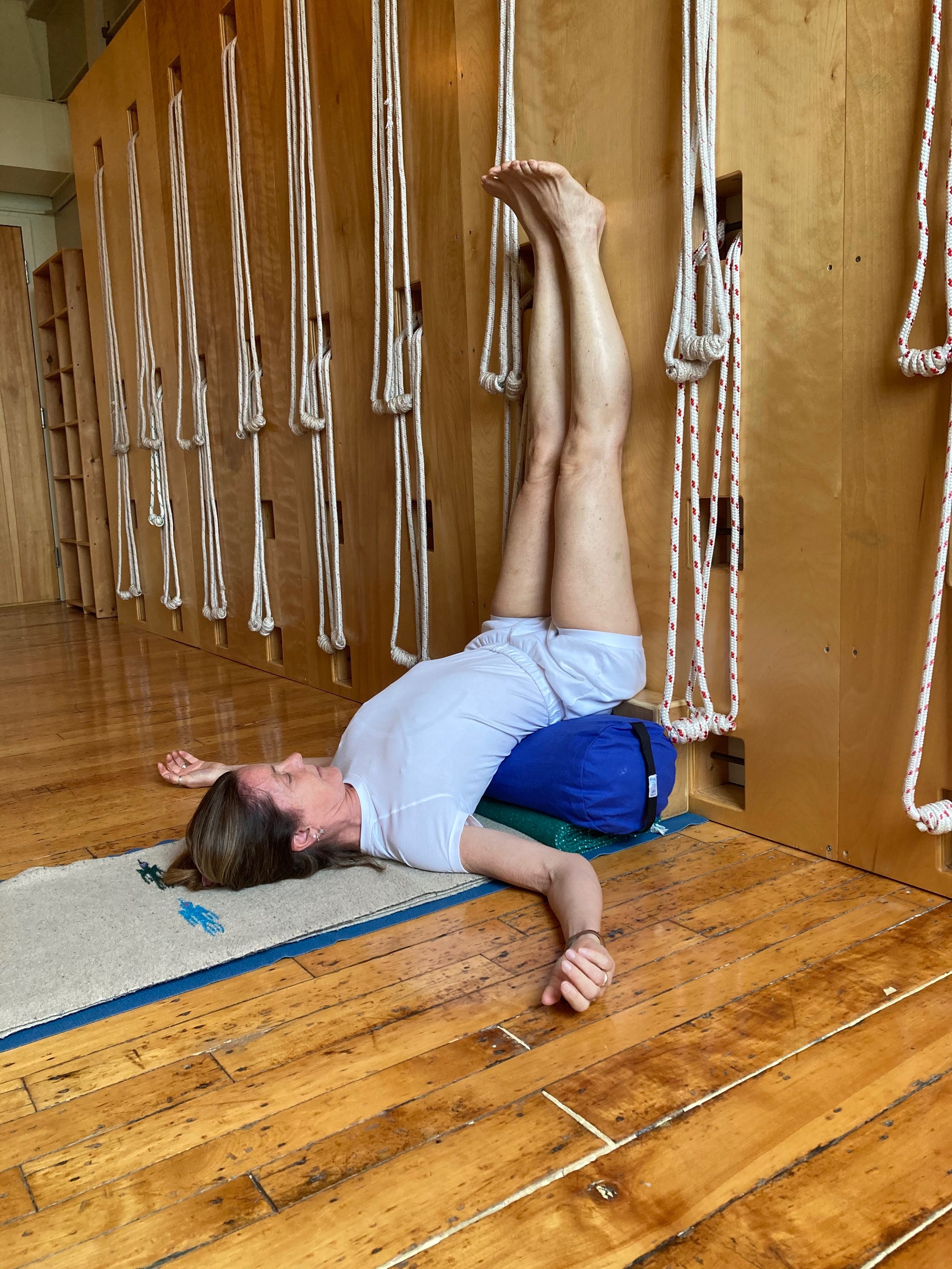In the fast-paced world we live in, finding moments of stillness and tranquility is essential for our overall well-being. These postures provide a path to profound relaxation, rejuvenation, and healing. In this article, we will explore the key benefits of restorative yoga postures and provide you with a step-by-step guide to experience these benefits in your own practice.
Benefits
1. **Deep Relaxation:** Restorative yoga postures can involve the use of props such as blankets, bolsters, and straps to fully support the body in each pose. This allows you the opportunity to release tension and experience deep relaxation. Postures are held for an extended period, enabling the body to surrender and find stillness.
2. **Improved Flexibility:** Restorative poses gently stretch and open the body, promoting flexibility without strain. Over time, this can lead to increased mobility and a greater range of motion in joints and muscles.
3. **Stress Reduction:** The practice of restorative yoga encourages mindfulness and conscious breathing. This combination helps reduce stress, calm the nervous system, and alleviate anxiety.
4. **Healing and Recovery:** Restorative yoga is often used for therapeutic purposes, aiding in the recovery from injuries or medical conditions. The gentle nature of the poses allows the body to heal naturally.
5. **Enhanced Circulation:** Certain restorative poses, when held correctly, can improve blood circulation. This can be particularly beneficial for individuals with circulatory issues.
Step-by-Step Guide
1. **Set the Mood:** Find a quiet, clutter-free space. Use soft lighting to create a peaceful ambiance. Prepare your props, including blankets, bolsters, straps, and yoga blocks.
2. **Choose Your Poses:** Select 2-4 restorative poses for your practice. Common restorative poses include Supta Baddha Konasana (Reclining Bound Angle Pose), Viparita Karani (Legs-Up-the-Wall Pose), and Savasana (Corpse Pose).
3. **Savasana Preparation:** Begin with Savasana. Place a folded blanket or bolster under your knees and one under your head. Close your eyes and focus on your breath for a few minutes.
4. **Supta Baddha Konasana:** For this pose, use a bolster to support your back and a folded blanket under your head and neck. Bring the soles of your feet together and let your knees drop to the sides. Breathe deeply, feeling your chest and abdomen rise and fall.
5. **Viparita Karani:** Place a bolster or folded blankets near a wall. Sit with your side against the wall and your knees bent. Gently swing your legs up the wall and lie back, extending your arms to the sides.
6. **Stay in Each Pose:** Hold each pose for 5-10 minutes, or as long as comfortable. Focus on your breath and let go of any tension in your body with each exhalation.
7. **Release and Rest:** To release from a pose, gently remove the props and take a moment to feel the effects before you move on. Allow the benefits of the pose to integrate into your body.
8. **Complete Your Practice:** When you've completed all your chosen poses, lie in Savasana for a few minutes, letting go of any remaining tension. Slowly sit up and return to your daily activities, feeling rejuvenated and centered.
Restorative yoga poses offer a powerful means of relaxation, healing, and rejuvenation. By incorporating these poses into your regular practice, you can experience their numerous benefits and achieve a deeper sense of peace and well-being in your life.
At Iyengar Yoga Source, we have a weekly Sunday Evening Restoratives class at 5:30pm and teach Restoratives and Pranayama every 5 weeks in our Intermediate classes.

